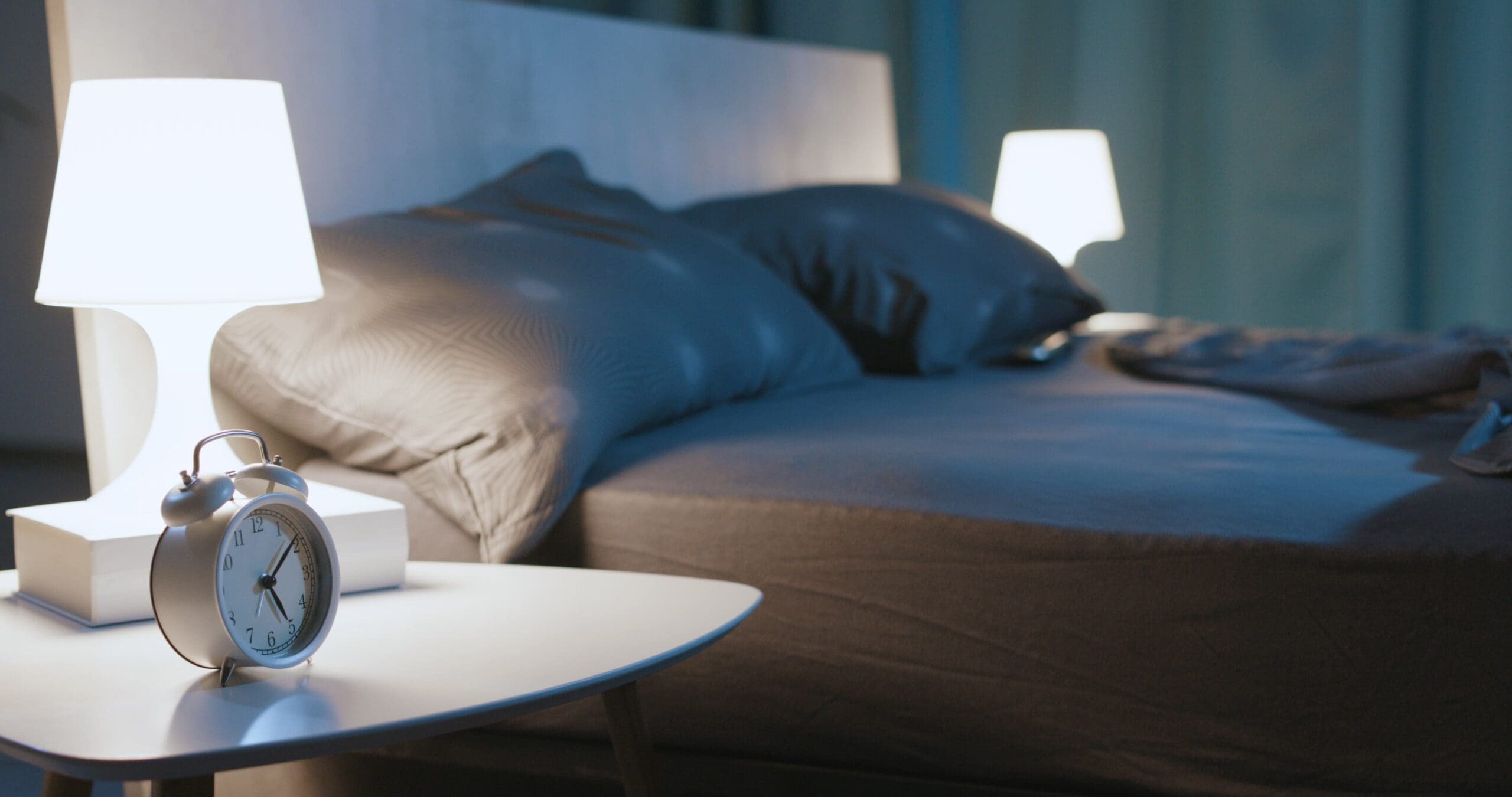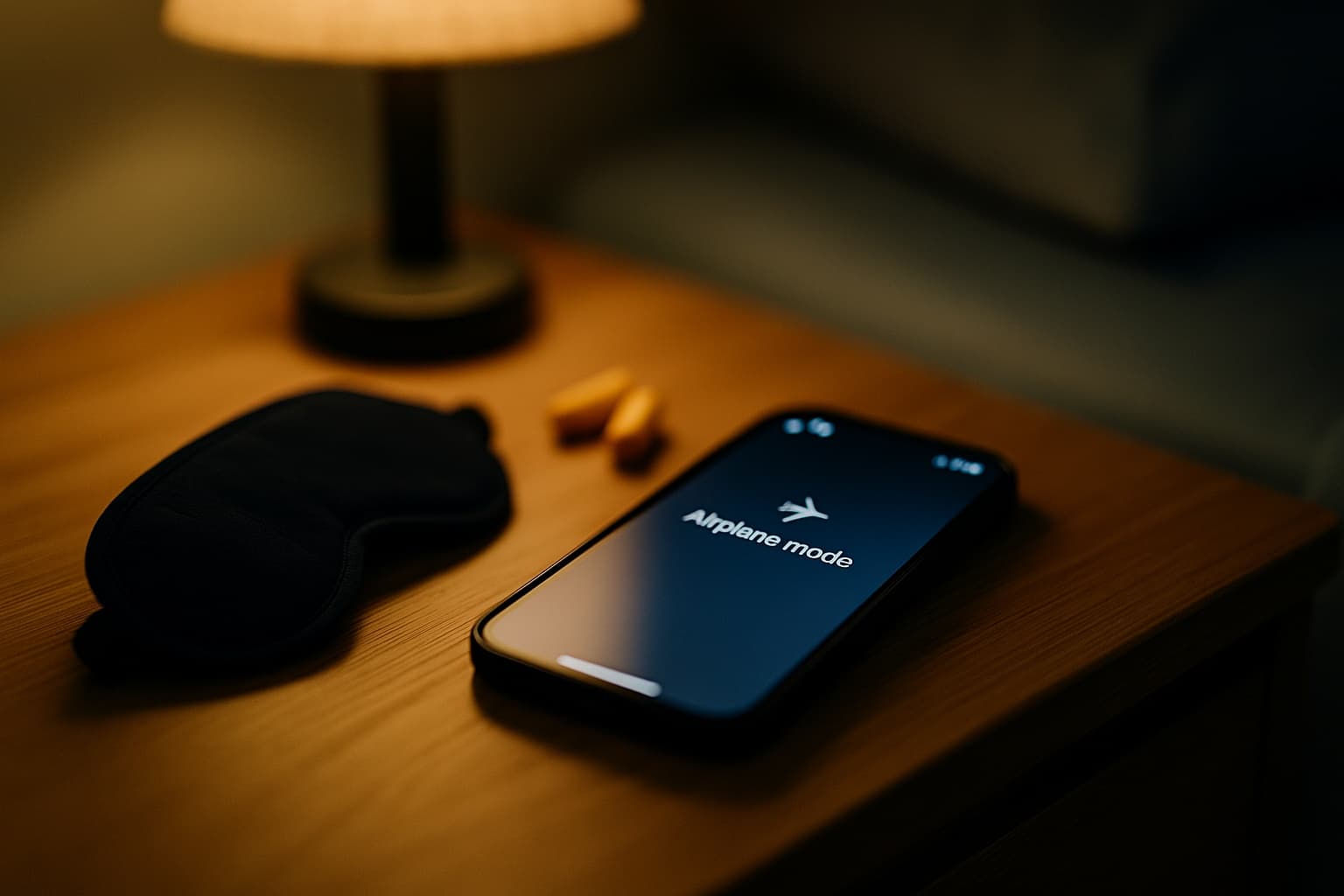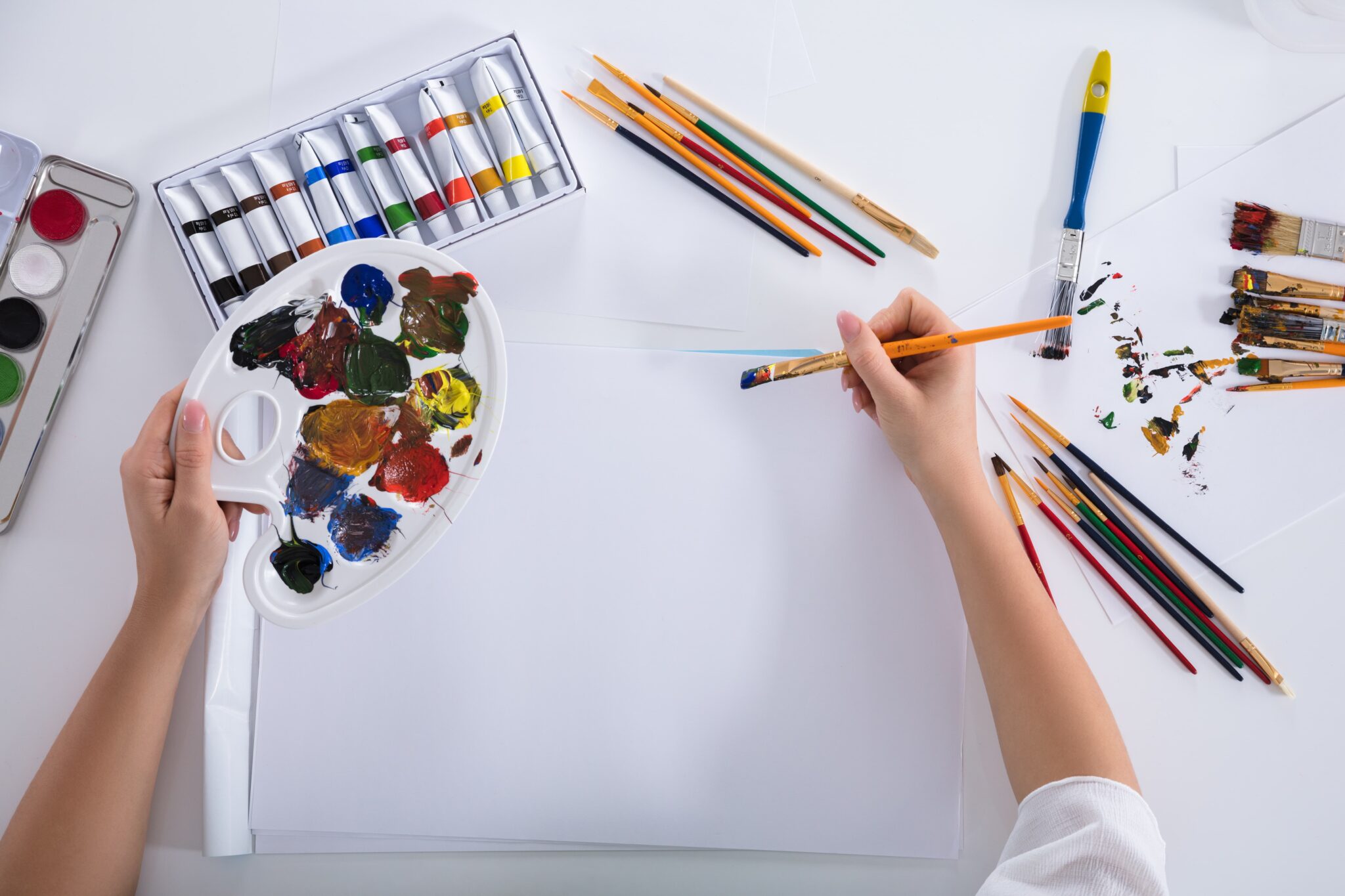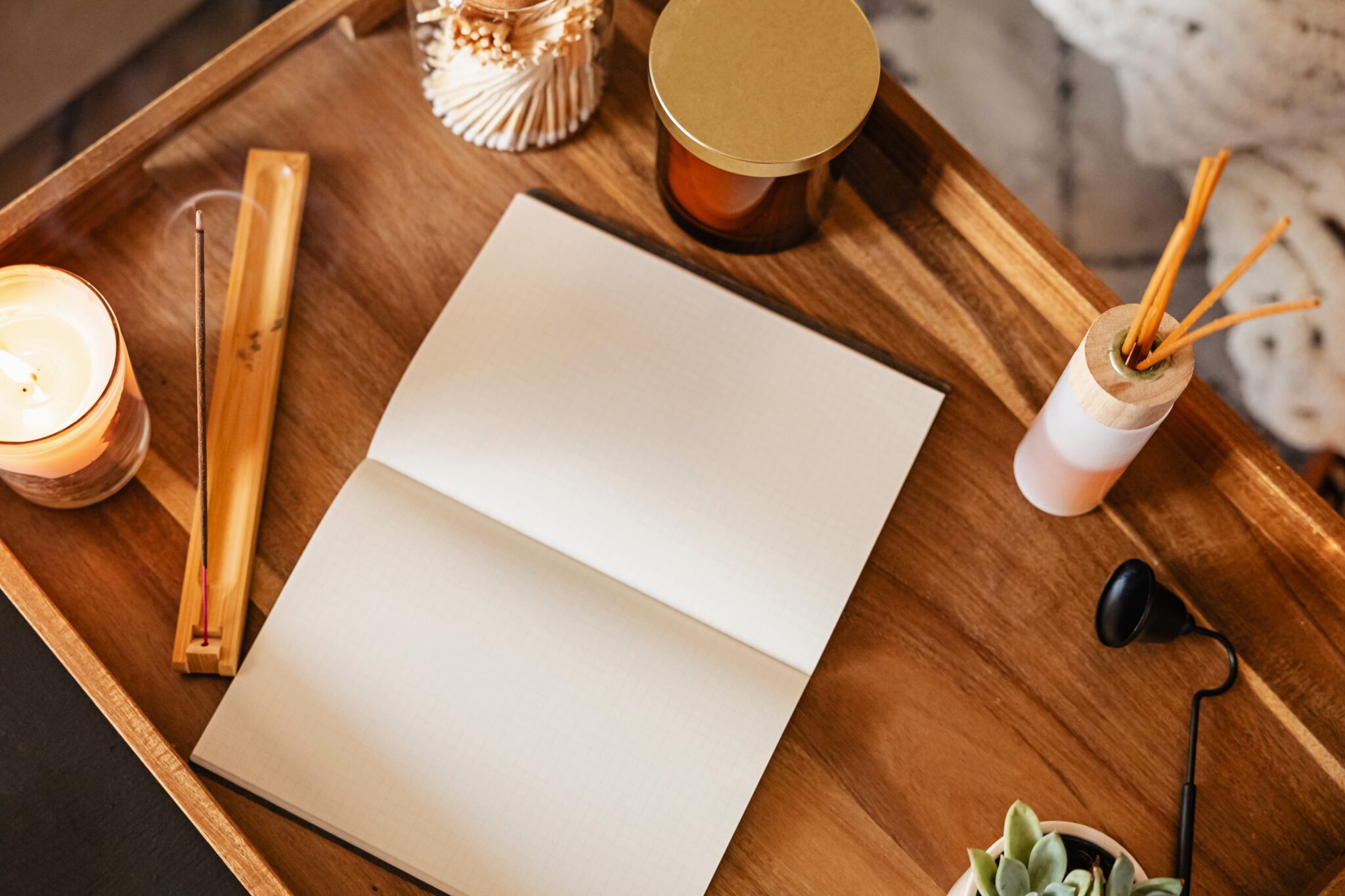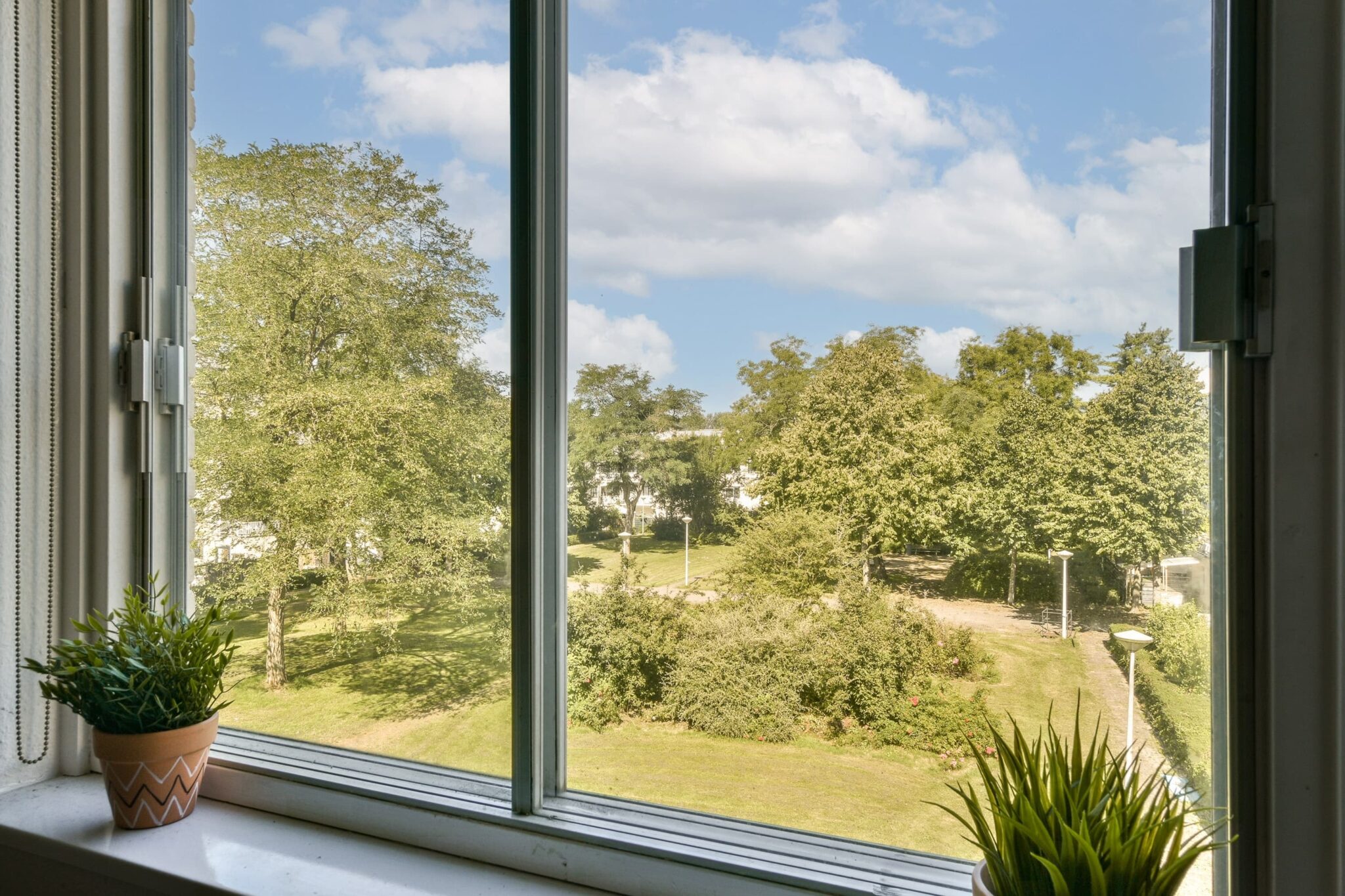TL;DR: Better sleep hygiene recovery means better mood, fewer cravings, and more focus. Below you’ll get foundations that work, a 30-minute wind-down, daytime drivers of sleep, and when to seek extra help.
Good nights build good days. Strong sleep hygiene recovery habits support mood, focus, and cravings—making it easier to use coping skills and stay connected. At Comfort Recovery Center, we help you create a sleep plan you can keep in both Programs.
Sleep Hygiene Recovery: Why It Matters
During sleep, your brain consolidates learning and emotion; your body repairs and resets. In early recovery, consistent sleep adds stability when life feels uncertain. For general sleep health guidance, see CDC Sleep and MedlinePlus.
Sleep Hygiene Foundations That Actually Help
- Regular schedule: same wake time daily (yes, weekends); bedtime follows naturally.
- Light timing: morning light within 60–90 minutes of waking; dim light 1–2 hours before bed.
- Caffeine: cut off ~8 hours before bed; watch hidden caffeine (energy drinks, pre-workout).
- Evening eating: finish heavier meals 2–3 hours before bedtime.
- Alcohol & substances: avoid—these fragment sleep and undermine recovery.
A 30-Minute Wind-Down Plan

Make bedtime a bridge, not a cliff:
- Minutes 0–10: warm shower or 5-minute stretch; room lights lower.
- Minutes 10–20: journal a quick to-do list for tomorrow; close loops so your brain can idle.
- Minutes 20–30: device to airplane mode; read paper pages or breathe slowly (4-7-8 or box breathing).
Daytime Drivers of Night Sleep
- Movement: aim for 20–30 minutes most days; finish intense workouts 3–4 hours before bed.
- Sunlight: brief outdoor breaks twice a day; a second light hit in the afternoon helps circadian rhythm.
- Naps: keep to 20–30 minutes, before mid-afternoon.
Tools & Environment Tweaks
- Room: cool, dark, quiet; try blackout curtains, a fan or white-noise app, and a real alarm clock.
- Bed only for sleep: move work/TV elsewhere to strengthen the sleep association.
- Wind-down aids: eye mask, foam earplugs, or guided breathing audio.
Troubleshooting Common Issues
- Can’t fall asleep? Get up after ~20 minutes; read in dim light until drowsy, then try again.
- Night wakeups? Keep lights low; breathe slowly; avoid looking at the clock.
- Racing thoughts? Park them on paper earlier in the evening; use a simple mantra like “I can rest without fixing everything tonight.”
When to Get Help
Chronic insomnia, loud snoring, gasping, or restless legs may signal treatable sleep disorders. Talk with your clinician. If you need more structure, we can adjust care across Programs, discuss coverage on Admissions, or connect via Contact.
Bottom Line
Small, steady sleep hygiene recovery habits—light timing, a wind-down routine, and a calm sleep environment—can supercharge your progress and make each day of recovery more resilient.

